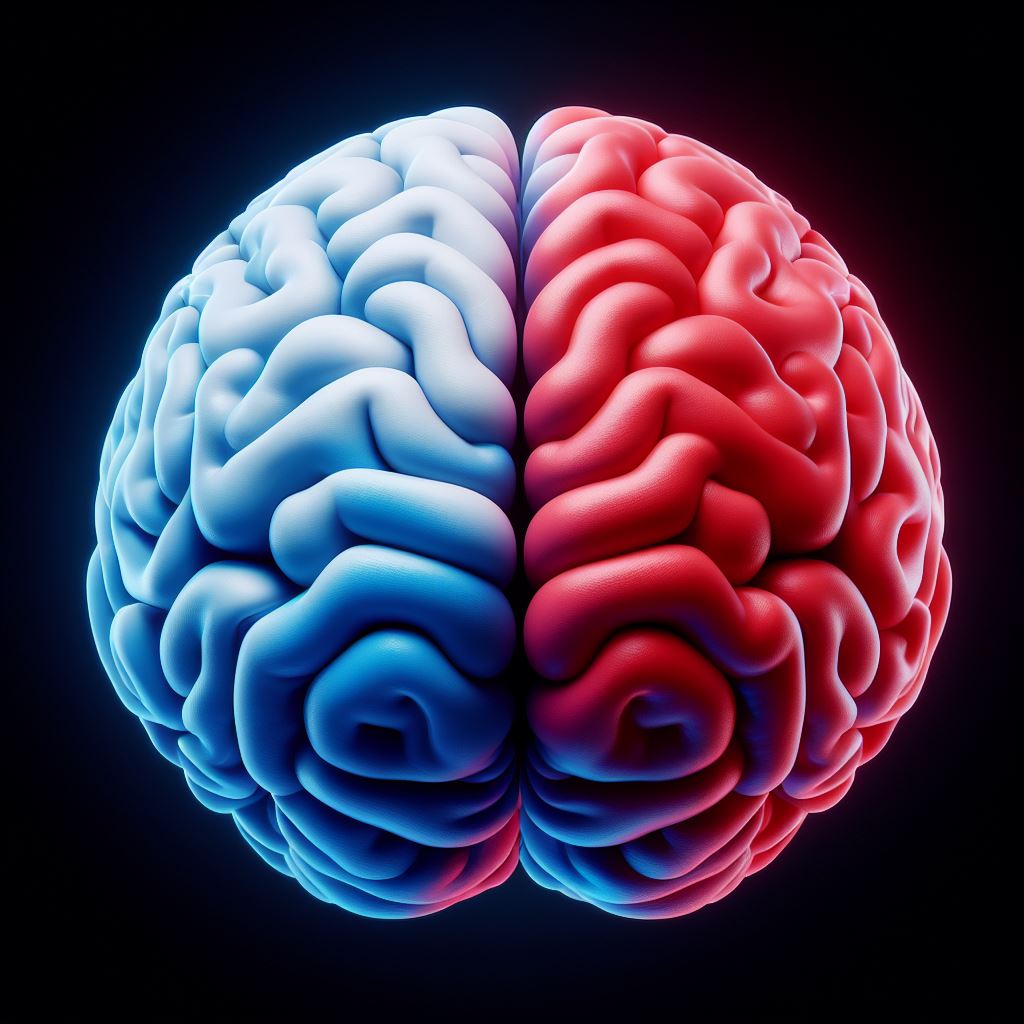
You may have heard that some people are more of a right brain or left brain thinker, meaning that one side of their brain is dominant. If you are mostly analytical and methodical in your thinking, you are said to be left-brained. If you tend to be more creative or artistic, you are said to be right-brained.
But is this really true? Does one half of your brain control specific functions and influence your personality? Or is this just a myth?
The Origin of the Theory
Table of Contents
ToggleThe idea of right brain and left brain dominance originated from the work of Roger W. Sperry, who was awarded the Nobel Prize in 1981. Sperry discovered that the brain’s two hemispheres have different functions and communicate with each other through the corpus callosum, a bundle of nerve fibers.
Sperry and his colleagues studied patients who had their corpus callosum severed as a treatment for severe epilepsy, a condition that causes seizures. They found that when the two sides of the brain were disconnected, they could function independently and had different abilities.
For example, they observed that the left hemisphere was better at language, logic, and math, while the right hemisphere was better at spatial reasoning, face recognition, and music. They also noticed that the two hemispheres could have conflicting opinions, preferences, and behaviors.
Based on these findings, Sperry suggested that the two hemispheres have distinct personalities, and that people can be categorized as left-brained or right-brained depending on which side is more dominant.
The Problems with the Theory
While Sperry’s research was groundbreaking and contributed to our understanding of the brain, his theory of left brain and right brain dominance has been challenged and criticized by many scientists.
One of the main problems with the theory is that it is based on a small and specific group of patients who had a rare and extreme condition that affected their brain structure and function. It is not clear how well these results can be generalized to the normal population who have intact and connected brains.
Another problem with the theory is that it is too simplistic and does not account for the complexity and variability of the brain. The brain is not a static and rigid organ that can be easily divided into two halves. Rather, it is a dynamic and flexible network that can reorganize and adapt to different situations.
The brain’s functions are not neatly localized to one region or one side. Instead, they involve multiple regions and both sides of the brain working together in coordination. For example, language processing, which is often attributed to the left hemisphere, actually requires the contribution of both hemispheres for different aspects, such as grammar, vocabulary, intonation, and context.
Furthermore, the brain’s functions are not fixed and predetermined. They can change and develop over time due to various factors, such as learning, experience, age, and injury. For example, if one part of the brain is damaged, another part can take over some of its functions, a phenomenon known as neuroplasticity.
Therefore, the theory of right brain and left brain dominance does not reflect the true nature and potential of the brain. It is not accurate or helpful to label yourself or others as left-brained or right-brained. Rather, you should recognize that you have a whole brain that is capable of performing a wide range of functions and skills.
The Takeaway
The right brain and left brain theory is a popular but flawed idea that has been widely spread and accepted. It suggests that the brain is divided into two halves that have different functions and personalities, and that people can be classified as left-brained or right-brained depending on which side is more dominant.
However, this theory is not supported by scientific evidence. It is based on a limited and specific group of patients who had a rare condition that affected their brain structure and function. It does not account for the complexity and variability of the brain, which is a dynamic and flexible network that involves multiple regions and both sides working together in coordination. It also does not account for the brain’s ability to change and develop over time due to various factors.
Therefore, the right brain and left brain theory is more of a myth than a reality. You should not limit yourself or others by this theory. Instead, you should appreciate the amazing capabilities of your whole brain and use it to its full potential.
